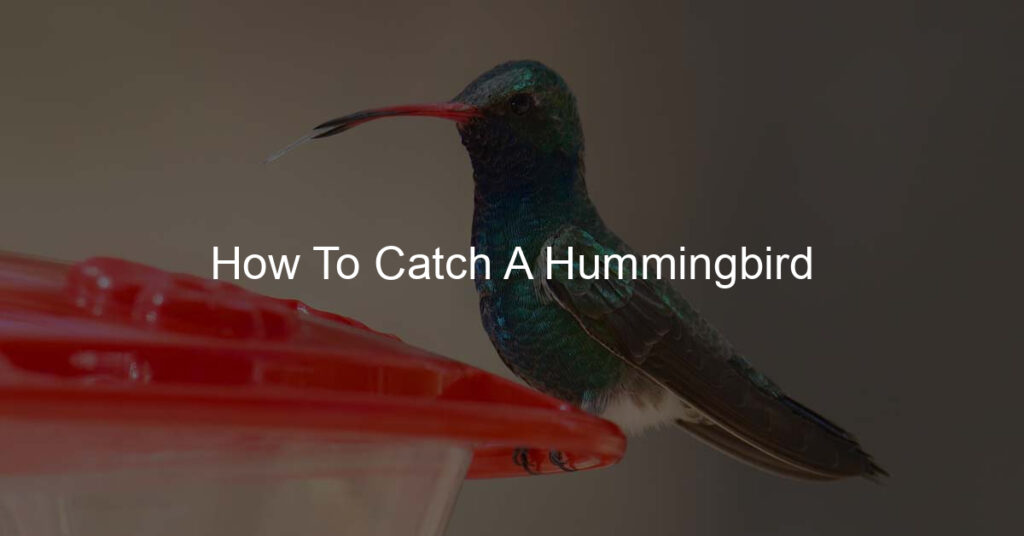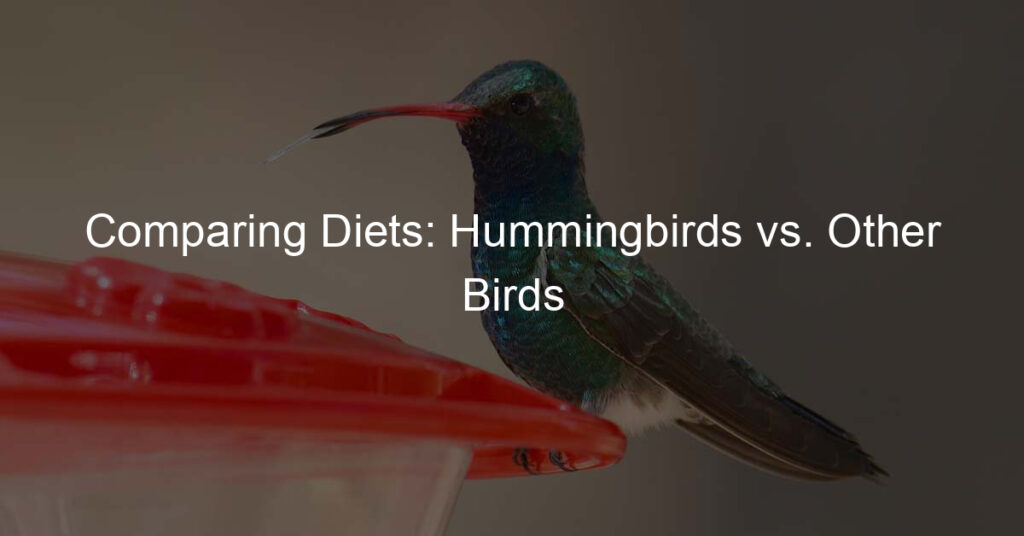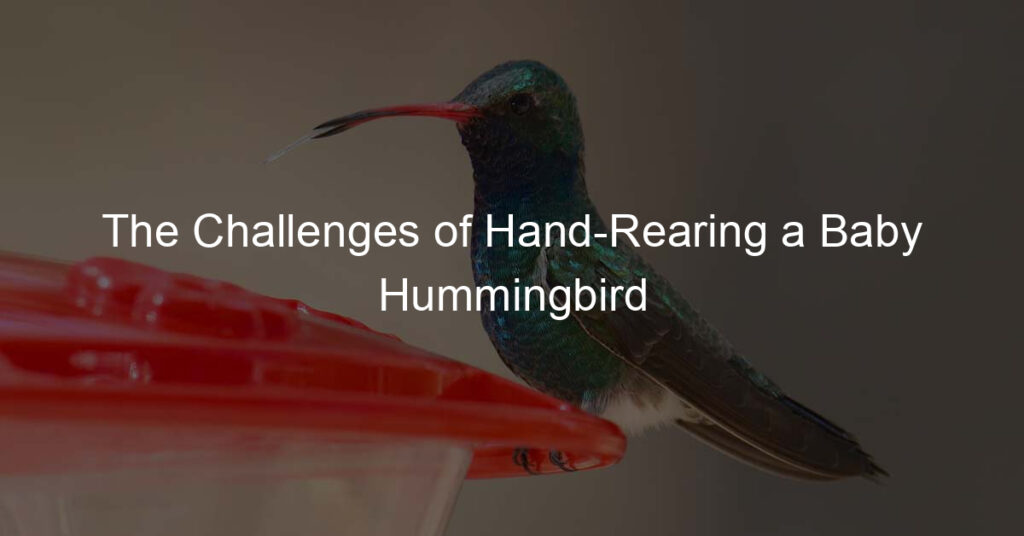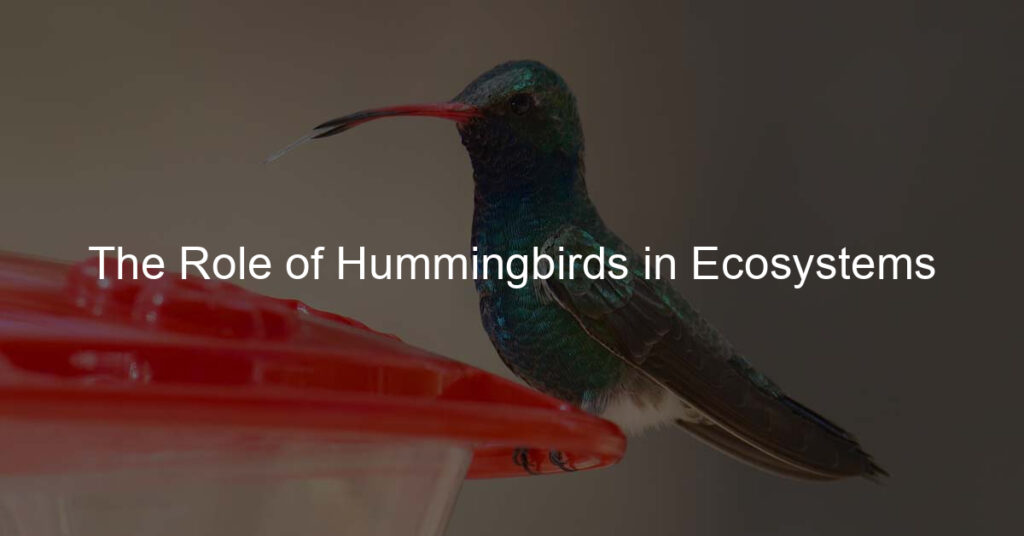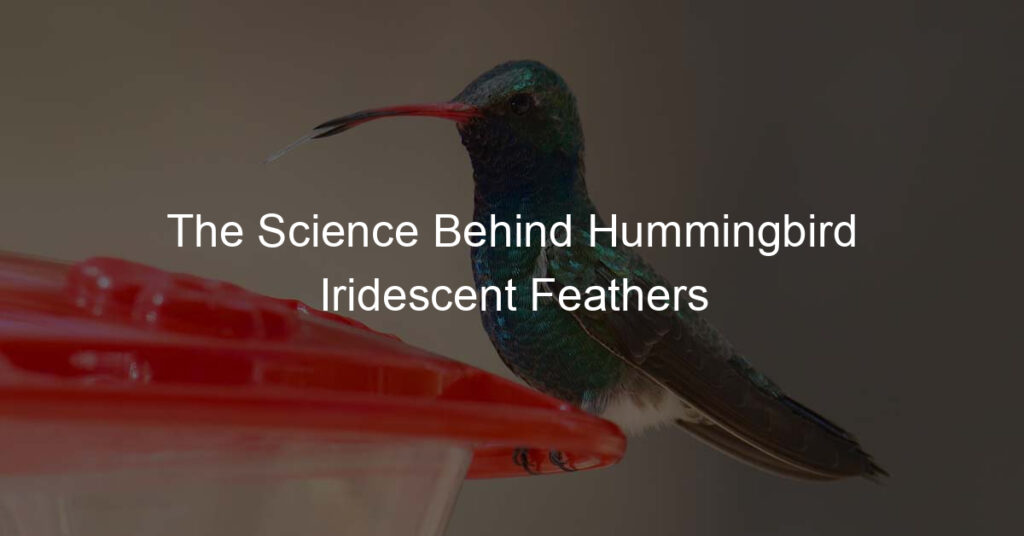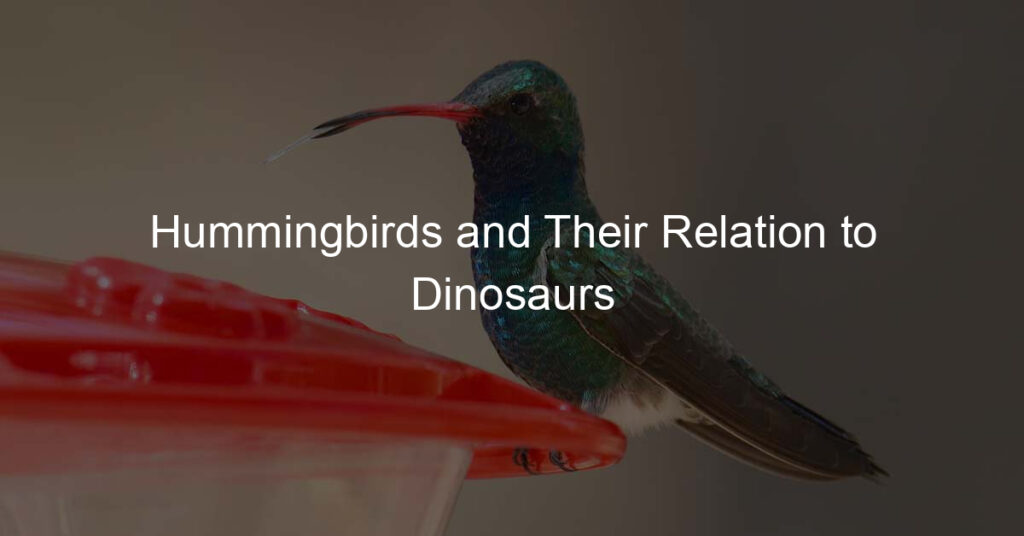Do you know how to catch a hummingbird? It’s not as hard as you might think! In this blog post, we will teach you the steps that you need to take in order to catch a hummingbird. Hummingbirds are beautiful creatures, and it is definitely worth your time to learn how to catch them!
Hummingbirds Defined
Hummingbirds are the smallest birds in the world, with some species weighing less than two grams! They are incredibly agile, able to fly in any direction, hover, and even move backward or upside down. Hummingbirds can reach an airspeed of up to 60 miles per hour and have a staggering flight range of up to 2,000 miles a day as they constantly navigate the skies in search of nectar-filled flowers.
Read more: Do Hummingbirds Chirp?
Although they live only in the Americas from Alaska to Tierra del Fuego in Chile, these little charmers fascinate people around the world with their curious displays of flitting about. And not just because of their skills; it’s also because hummingbirds’ colorful plumage adds beauty and wonder to our landscapes.
How To Catch A Hummingbird?
Stepping outdoors to observe hummingbirds can provide such joy and serenity. But, if you want to go a step further and try your luck at catching one of these feathered friends, then there are some tips that you should consider before attempting.
Find A Place
Firstly, you need to find a place where hummingbirds localize. Look for areas with plenty of flowering plants; hummingbirds love nectar-rich flowers!
Set Up A Perch Or Hummingbird Feeder
Once you’ve spotted a spot, set up a perch or feeder near the location. Make sure that the hummingbird trapped is secure and not too high off the ground so that the birds can easily land on it.
Fill The Feeder With A Sugar Water Mixture
Next, fill the feeder with a sugar water mixture (1 part sugar to 4 parts water), which will attract the birds. Hummingbirds are skittish and tend to fly away quickly, so you need to be patient and move slowly if you want to catch one.
Read more: Can Hummingbirds Fly Backwards?
Try Using A Net
Once they have been attracted by the feeder, try using a net to get a hummingbird stuck into it. Make sure you are as quiet and stealthy as possible – hummingbirds are easily scared off!
Get IT Into A Holding Cage
Move the trapped hummingbird quickly but carefully to get it in a holding cage indoors.
Do Not Catch The Bird Directly With Your Hands
Do not attempt to handle the trapped bird directly with your hands; instead, use a soft cloth or glove to help secure it.
Release Your Hummingbird In A Safe Place
Finally, release your hummingbird in a safe place where there are plenty of food sources and shelters. Watch it till the end when the hummingbird flies away in the blue sky.
Read more: When Do Hummingbirds Lay Eggs?
Catching a hummingbird is a fun experience that can provide insights into the wonderful world of birds. With some patience and practice, you can enjoy this activity as much as any bird lover does!
You can also catch a hummingbird in your garage that might have entered through the garage door. However, make sure that you are taking the proper safety measures when attempting to catch a hummingbird that got in through garage doors or windows.
Remember that although catching hummingbirds can be a rewarding experience, it is best to leave them in their natural habitat as they require special care that only they can provide themselves. As such, if you do decide to catch a hummingbird, do it responsibly and ensure that you release the bird in an area where it can thrive. With this knowledge, you will be able to enjoy hummingbirds without harming them!
Read more: Do Hummingbirds Like Honeysuckle?
Features Of Hummingbirds:
Hummingbirds are incredible bird species that have many interesting features. From their size to their specialized anatomy, hummingbirds offer us a great example of how the hand of evolution has shaped them over many centuries.
Size
Hummingbirds are mostly very small, with a few species reaching larger sizes.
Wings
They possess two pairs of wings that flap independently so they can take advantage of hovering abilities as well as being able to fly backward as well as forwards. This enables them to execute highly efficient acrobatic maneuvers while they search for nectar and other food sources.
Beaks & Tongues
Along with this physical development, their beaks and tongues evolved in order to capture food more easily from flowers and other sources.
Coloration
In terms of coloration, these birds are often brightly colored which may help them to camouflage or attract partners for mating rituals. The amazing range of hummingbird species available makes them great subjects for any naturalist who loves watching and studying bird behavior in detail!
Read more: Why Do Hummingbirds Fly So Fast?
Interesting Facts About Hummingbirds:
Hummingbirds are one of the most fascinating creatures in the bird kingdom.
- Measuring between 2 and 8 inches in size, they’re renowned for their incredible speed and agility, as well as their ability to hover in midair.
- It’s no surprise that these birds have captivated the hearts of many!
- Even more interesting is their diet, which consists mostly of nectar from flowers. But what really sets them apart from typical birds is their high metabolism – hummingbirds can eat up to eight times their body weight every day.
- Furthermore, they can flap their wings a remarkable 15-80 times per second, allowing them to reach speeds up to 34 miles per hour!
- Amazingly, they also have the potential to migrate over two thousand miles from Canada all the way down to Mexico and Central America during winter months – an incredible feat indeed! All in all, there’s no doubt that hummingbirds offer a unique spin on the art of bird watching.
- Finally, this curious hummingbird travels long distances during migration. In the summer, this bird flies in North and South America, while in the winter it often flies further south to Central and South America.
No matter where you live or what time of year it is, there’s always something amazing to learn about hummingbirds!
The Bottom Line:
Hummingbirds are truly remarkable creatures and their many adaptations have enabled them to thrive throughout the world. With so much interesting information about these incredible birds, it’s no wonder why they’re so beloved by bird watchers everywhere! With patience, effort, and a bit of luck, you too can catch a hummingbird and observe its beauty in person. So get out there and see what you can discover!

